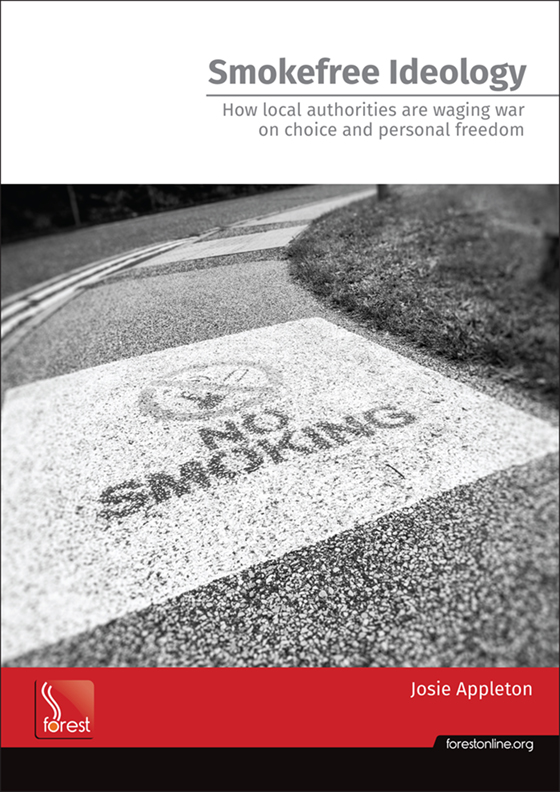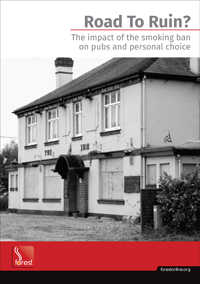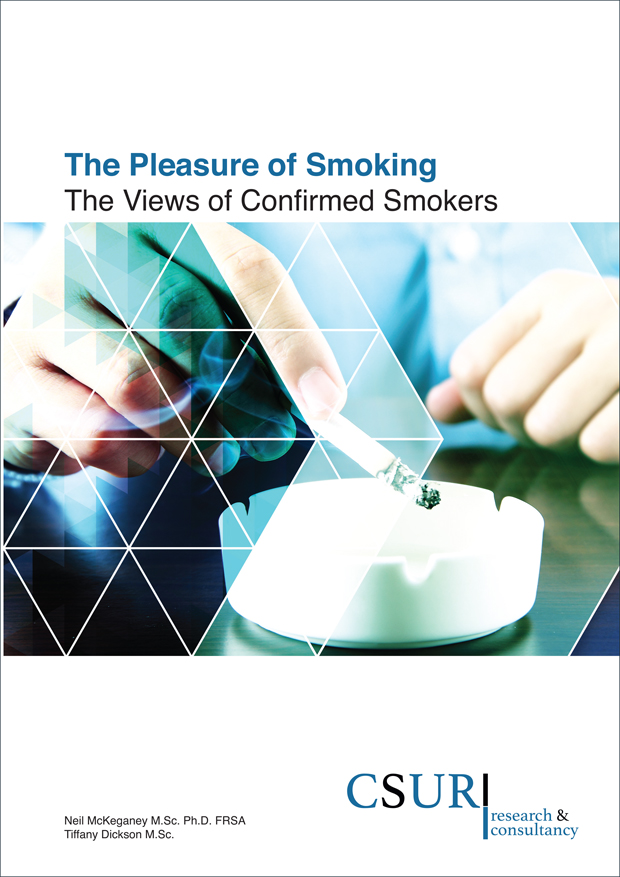Seat belts and the nanny state
 Sunday, January 20, 2019 at 13:16
Sunday, January 20, 2019 at 13:16 Reports say Prince Philip has been seen driving 48 hours after he was involved in a serious car crash.
Good for him.
For generations we were told that if you fell off a horse (literally or metaphorically) the best thing to do was to jump straight back on.
Today’s reports however suggest that by taking to the wheel so soon Prince Philip is being reckless.
OK, I get that he’s 97 but in my eyes that makes his rapid recovery – and his determination to get back in the saddle as soon as possible – even more worthy of praise.
Sadly, instead of lauding this remarkable man’s indomitable spirit, the media chose to highlight the fact that not only was he was back on the road but - shock, horror - he was also driving without a seatbelt.
Commentators – even supporters of the royal family – were quick to chide him.
The issue interests me however because I genuinely believe that the introduction of a law making it an offence not to wear a seatbelt was an important moment in what has become the gradual erosion of individual liberties over the past 40 years.
Eleven years ago, on January 31, 2008, I wrote:
Today is the 25th anniversary of the introduction of the law that made it compulsory to wear seatbelts in cars. I know this because yesterday afternoon I got a call from the Jeremy Vine Show on Radio 2 asking what I thought about the issue.
To be honest, I rarely give it much thought, although the health lobby sometimes use the example of seatbelts to molify opponents of public smoking bans. "Oh," they chirp, "people were against compulsory seatbelts but everyone accepts them now. The same will happen with smoking bans."
There is a big difference, of course. Wearing a seatbelt, especially since the introduction of inertia reel belts in the Seventies (ie the ones that allow you considerable movement), is not a major inconvenience. In fact it's no inconvenience at all so I am perfectly happy to belt up because it doesn't have a negative impact on the quality of my life.
If I stop and think about it, however, I do object to the fact that if I choose not to clunk click every trip I could be stopped and fined. Whether I wear a seatbelt should be no business of the state. If I am in an accident and smash my head on the dashboard or the steering wheel or, worse, get thrown out of the car because I am not wearing one, that's a risk that adults should be allowed to take.
Children are a different matter. Best to err on the side of caution, I’d say, although I wonder sometimes how the baby boom generation ever survived childhood, what with the absence of seatbelts and all those adults puffing away in their presence.
It could be argued that being forced to wear seatbelts was a small step towards the modern bully state. We meekly accepted what politicians and campaigners told us – that tens of thousands of lives would be saved every year – and assumed that would be an end to it.
Now, 25 years later, it's compulsory to wear seatbelts in the back as well as the front of the car. Failure to buckle up in the back of a cab is also an offence (although I don't know anyone who does). Perhaps we should all wear straitjackets and be done with it.
To be clear, I don’t have a problem with wearing a seatbelt but I still believe it should be my choice, not the state’s, whether to use one.
Likewise motor cycle helmets. Personally I wouldn’t dream of riding a motorbike without a helmet (I wouldn’t dream of riding a motorbike full stop!) but that should be my choice, shouldn’t it? What business is it of government?
Truth is, the laws on seatbelts and motor cycle helmets ushered in a era in which government has played an increasing role in how we live our lives, micro-managing our behaviour to the nth degree.
More interesting however than the question of the Queen’s husband and his unemployed seatbelt is this.
Last week Prince Philip crashed a Land Rover Freelander. Within 48 hours he had been supplied with a ‘new’ one.
I understood Land Rover stopped manufacturing Freelanders in 2014. So where did the ‘new’ one come from and if it's secondhand why wasn't he given a new Land Rover Discovery Sport, the model that replaced the Freelander five years ago?
Asking for a friend.
 Simon Clark |
Simon Clark |  1 Comment |
1 Comment | 










Reader Comments (1)
In the past, I've looked into the seat belt issue after reading suggestions that making them compulsory didn't make difference.
The law came in at the same time as the breathalyser, so making the consequences difficult to analyse.
It is impossible to discern when or if seat belt were introduced in European countries by looking at the graphs of road deaths.
Following the seat belt law there were serious investigations by respected academic statisticians as to its effectiveness, include its effect on cyclists and pedestrians (drivers possibly became more reckless).
Also, wasn't/isn't it the case that anybody could apply for an exemption on psychological grounds (some sort of claustrophobia type thing, I suppose)?
Here is the case against against the law. It did subsequently appear in the the Royal Statistical Society publication, "Significance". I think that's how I became interested in the topic.
http://john-adams.co.uk/wp-content/uploads/2008/08/seat-belts-for-significance-2.pdf
I've read other analyses which conclude that the seat belt law did result in a sight decrease in deaths and serious injuries, but any effect was very small, contrary to what most people think.
My suggestion is that seat belts made a difference, yet their wearing was introduced gradually, on a voluntary basis. My friends and I generally wore seat belts from around 1976. The Jimmy Savile "clunk, click every trip" advert appeared regularly on TV. The law came in in 1982. By that time, inertia reel belts were common; and so the portly and expensively dressed (the old belts dragged on the floor, or got trapped in the door and became dirty) had started wearing them. I don't think the law caused many more people to wear seat belts.
The inertia reel was equivalent to the ecig.